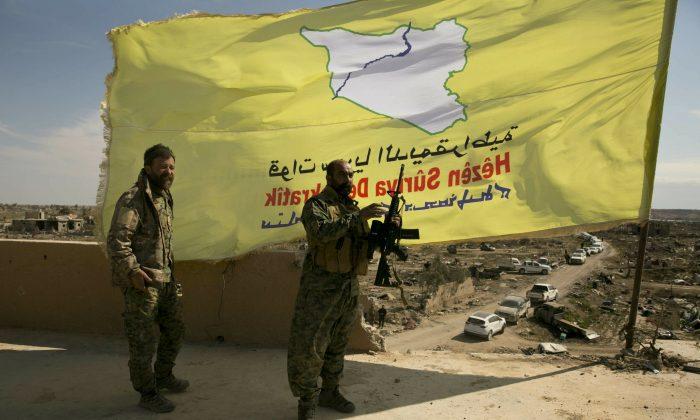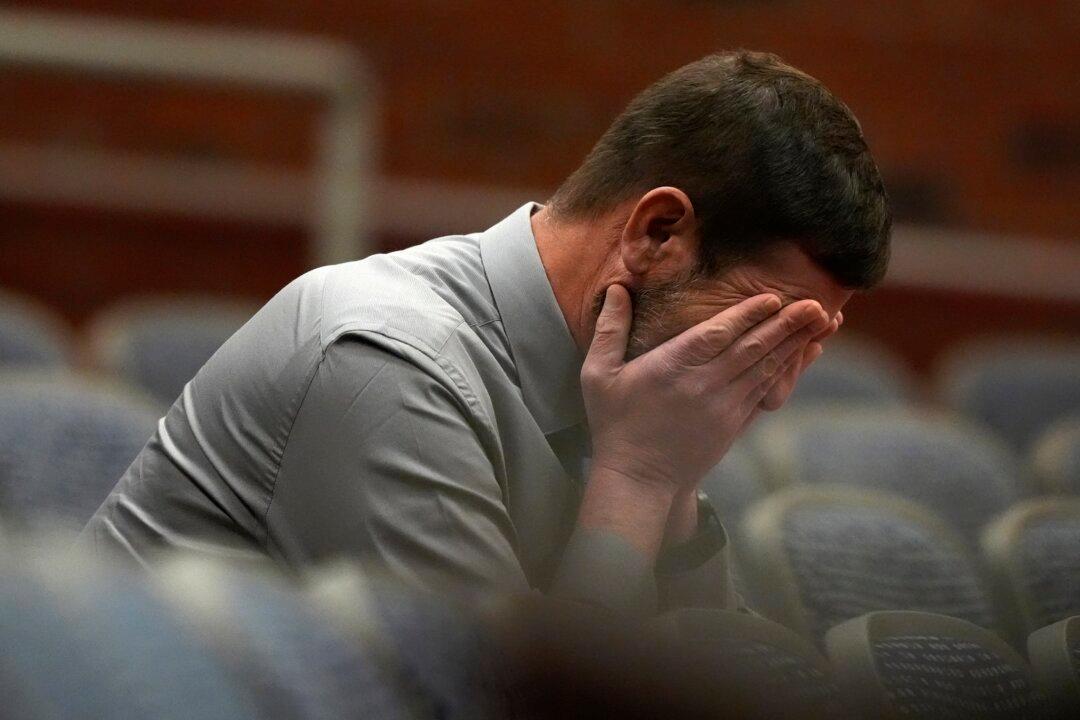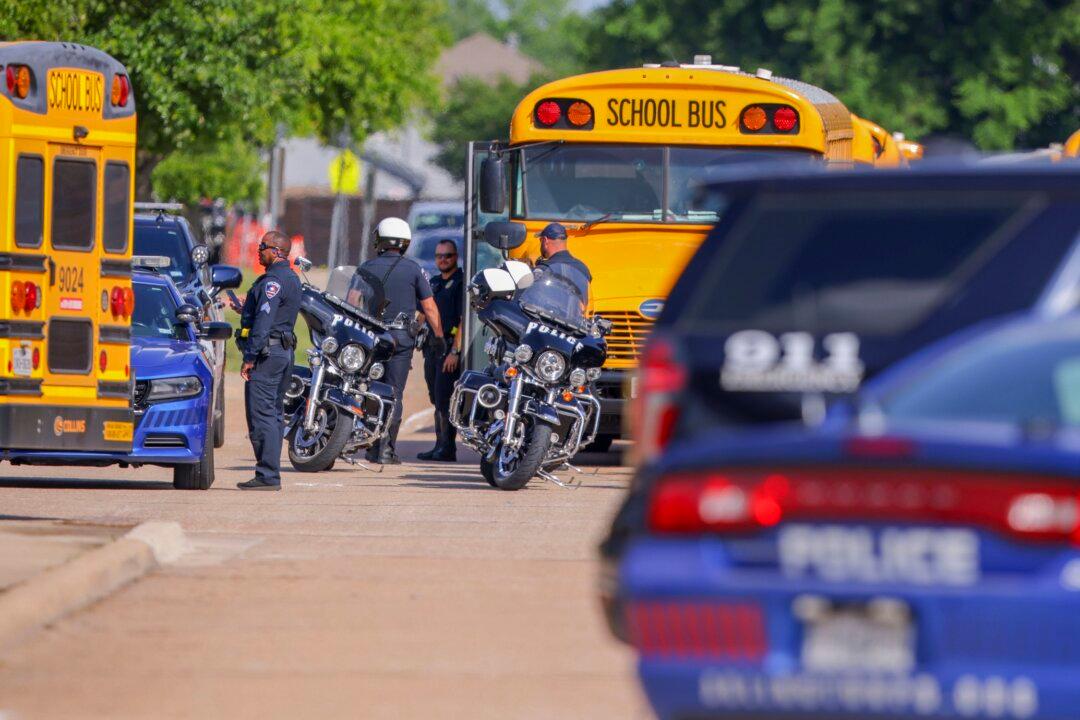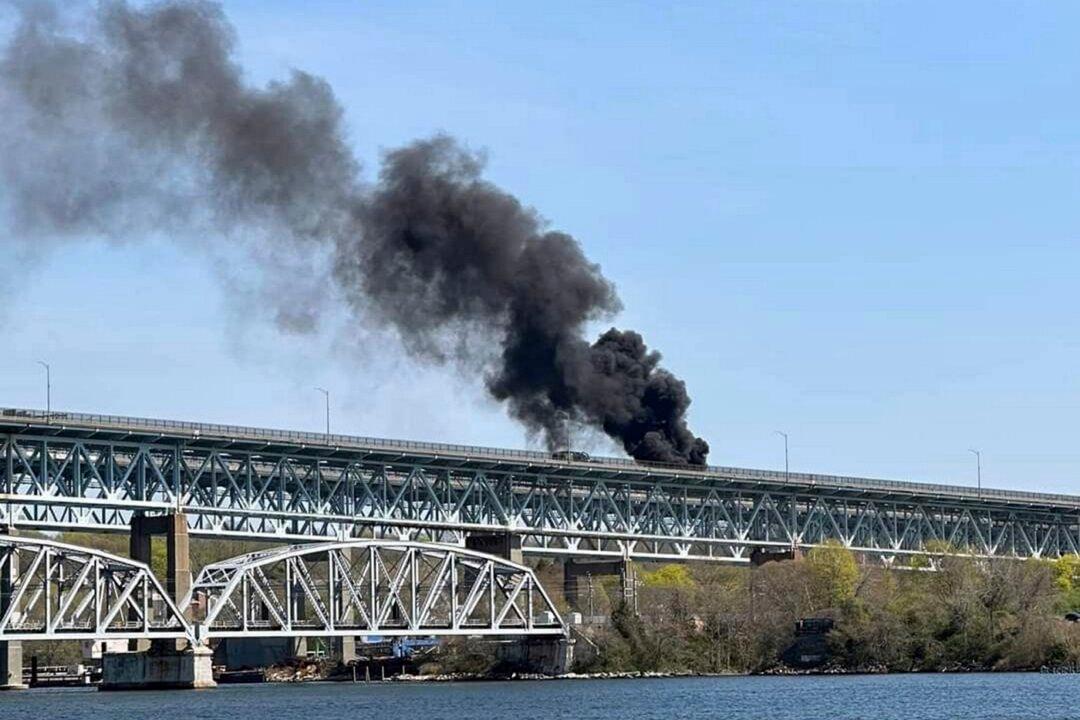BAGHOUZ, Syria—U.S.-backed forces declared military victory over the ISIS terrorist group in Syria on March 23, after liberating the last pocket of territory held by the extremists, marking the end of a brutal self-styled caliphate, the group carved out in large parts of Iraq and Syria in 2014.
After weeks of heavy fighting, the tent camp where the terrorists had made their final stand in the village of Baghouz was bombed to shreds. A field pitted with abandoned trenches and bomb craters and littered with scorched tents and the twisted metal carcasses of vehicles, was all that remained. Half buried in the dirt was a tattered shred of ISIS notorious black flag, while a giant yellow flag belonging to the Syrian Democratic Forces (SDF) fluttered atop a shell-pocked building.
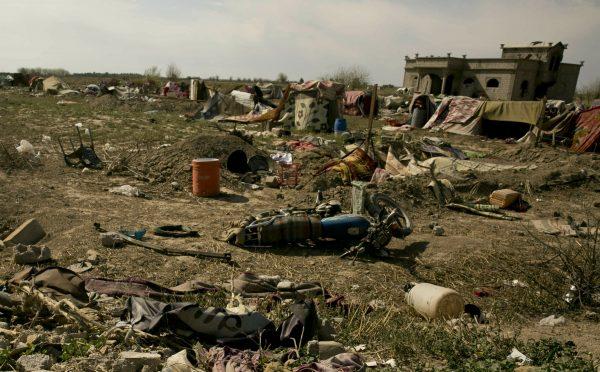
“Baghouz is free and the military victory against Daesh has been achieved,” tweeted Mustafa Bali, a spokesman for the Kurdish-led SDF, referring to ISIS by its Arabic acronym.
The elimination of the last ISIS stronghold in Baghouz brings to a close a grueling final battle that stretched across several weeks and saw thousands of people flee the territory and surrender in desperation, and hundreds killed.
It spells the end of the terrorist proto-state, which at its height four years ago was the size of Britain and home to some 8 million people, but the extremist group still maintains a scattered presence and sleeper cells across Syria and Iraq. It’s not known whether the group’s leader, Abu Bakr al-Baghdadi, is still alive or where he might be hiding.
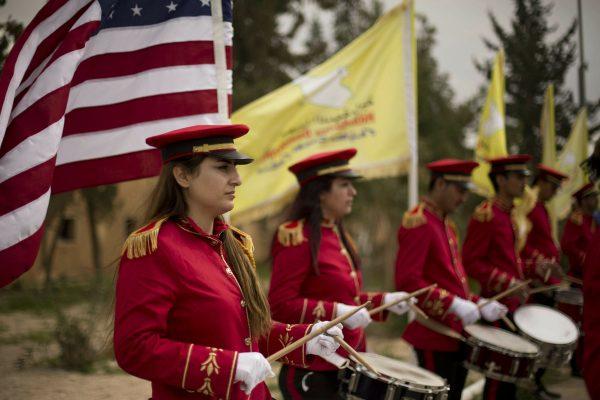
ISIS affiliates in Egypt’s Sinai Peninsula, Afghanistan, and other countries continue to pose a threat, and the group’s ideology has inspired so-called lone-wolf attacks that had little if any connection to its leadership.
The campaign to take back the territory by the United States and its partners has spanned nearly five years and two U.S. presidencies, unleashed more than 100,000 bombs and killed untold numbers of terrorists.
“It’s about time,” Trump exclaimed on an airport tarmac in Florida. He held up maps indicating the territory once held by ISIS in Iraq and Syria had shrunk to nothing.
“Here’s ISIS on Election Day,” he said, linking coalition gains since then to his presidency. He pointed to a swath of red signifying the group’s previous territorial hold, and then to a version without any red, “Here’s ISIS right now.”
Associated Press journalists in Baghouz on Saturday reported hearing mortars and gunfire directed toward a cliff overlooking Baghouz, where U.S.-led coalition airstrikes were carried out a day earlier. SDF spokesman Kino Gabriel said Friday that there were ISIS fighters hiding in caves near Baghouz and that clearing operations were still underway.
On Saturday, journalists were taken to the encampment in Baghouz where the group had made its last stand—a wasteland of wrecked vehicles, torn tents, and scorched trees.
Personal belongings and other items including generators, oil barrels, water tanks, and satellite dishes were scattered in the dirt. Cars and motorcycles were turned to rusted, twisted heaps of metal. There were unused rockets, mortars, and grenades, as well as a pile of suicide vests. Amid the empty fox holes and trenches stood a building with a huge yellow SDF flag on top.
Ciya Kobani, an SDF commander, announced the end of the operation from the rooftop: “We have been victorious against Daesh,” he declared.
At its height, ISIS ruled a third of both Syria and Iraq, holding millions of people hostage to its harsh and violent interpretation of Islamic law.
The group carried out massacres and documented them with slickly produced videos circulated online. It beheaded foreign journalists, aid workers, and burned alive a captured Jordanian pilot.
During a rampage through Iraq’s Sinjar region in 2014, it captured thousands of women and girls from the Yazidi religious minority and forced them into sexual slavery. Many remain missing to this day.
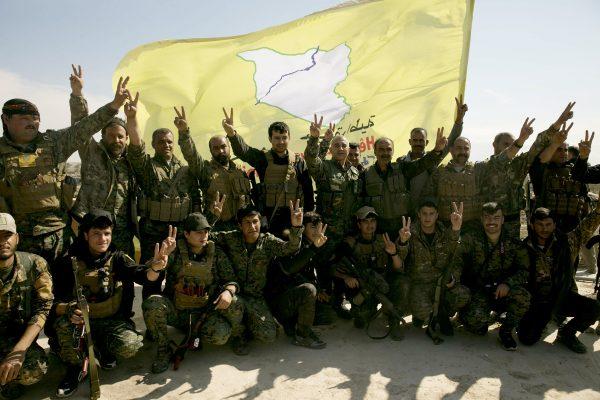
The group also used its caliphate as a launchpad for attacks around the globe, including the assaults in Paris in 2015 that killed more than 130 people.
While it imposed an unforgiving version of ISIS through public beheadings and crucifixions, the group also carried out governance in its territories, including regulating prices at markets.
Cornered in Baghouz, the group fought fiercely and desperately to hang on to the last shred of territory it controlled, using thousands of civilians, including women and children, as human shields. In the final weeks, they streamed out of Baghouz, bedraggled, angry and hungry, overwhelming Kurdish-run camps in northern Syria where they are being held.
Aid organizations say more than 100 people have died in the journey from Baghouz to the al-Hol camp in Hassakeh province, or soon after arriving.
